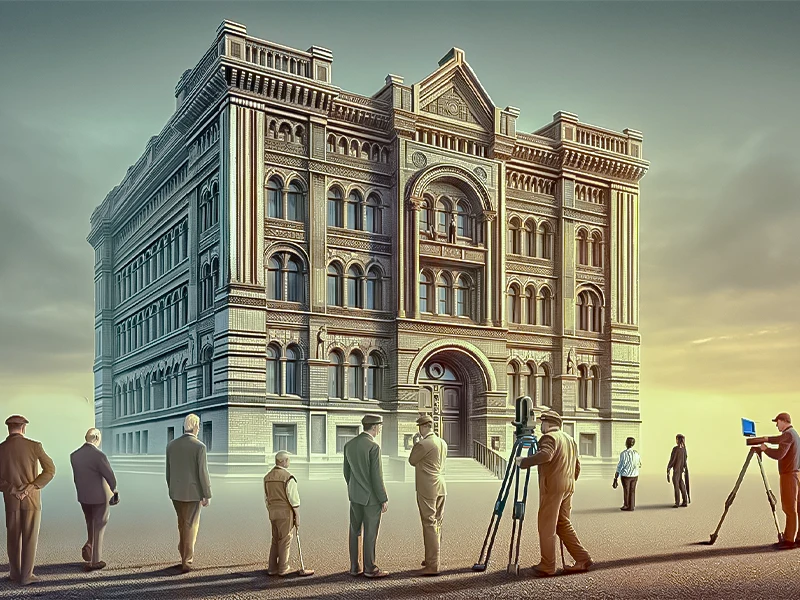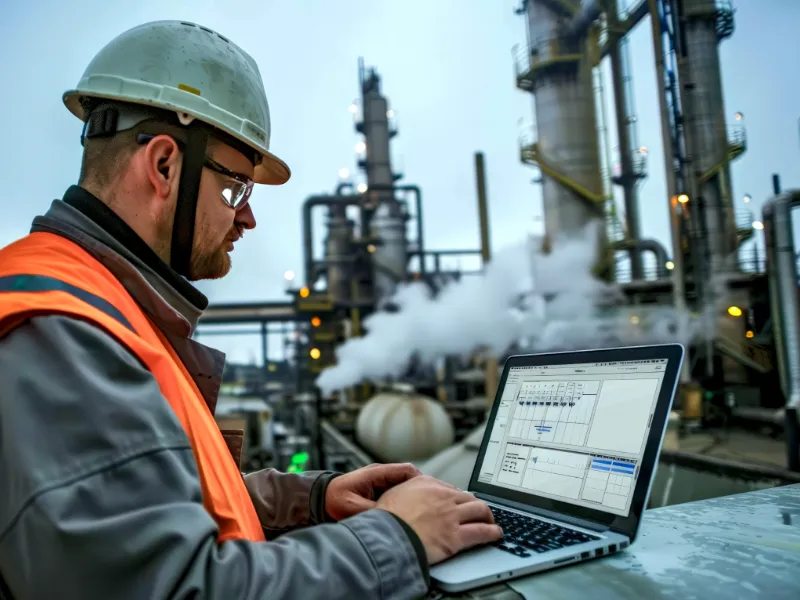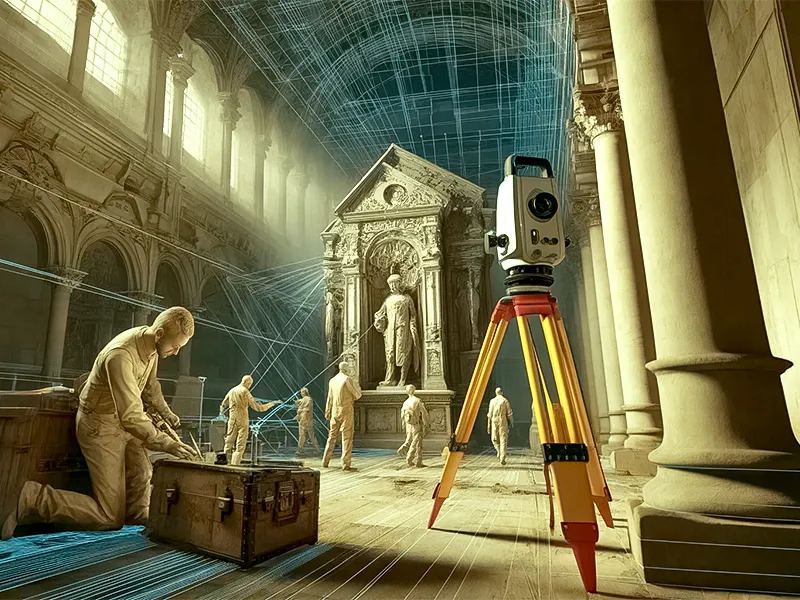
History of 3D Laser Scanning
3D laser scanning dates to the 1960s and 1970s, when it was employed in scientific and military applications. In the 1980s, the first valuable systems appeared mainly for industrial applications.
Early scanners measured distances using time-of-flight techniques. Triangulation-based scanners became available in the 1990s and were used in virtual reality and entertainment.
Construction, archaeology, and medicine were among the industries that embraced 3D laser scanning as it became more widely available and less expensive in the early 2000s; integrating GPS and IMU technology allowed for aerial and mobile scanning.
With LiDAR technology transforming the area, especially for autonomous cars and large-scale mapping, modern improvements have concentrated on improving speed, accuracy, and portability.
Read More: History of 3D Scanning
Today, 3D laser scanning is vital across many industries, offering precise and comprehensive data for design, analysis, and decision-making processes.
3D Laser Scanning for Heritage Preservation
How are Heritage Structures Documented?
1. Conventional Heritage Documentation
Recording historical buildings has historically been a time-consuming and labor-intensive process that calls for careful preparation and the assistance of qualified experts.
Buildings were painstakingly recorded using tools like hand sketchbooks, cameras, levelling and plumb lines, measuring tapes, rulers, and help to light.
Furthermore, historical studies and textual material improved our comprehension of the buildings.
2. Photogrammetry
Photogrammetry is a technique that builds exact three-dimensional (3D) representations of historic buildings by superimposing pictures. Using specialised software, several photos captured from various perspectives are stitched together to recreate the building virtually.
This technology allows the heritage structure to be thoroughly examined, precisely measured, and almost explored.
In addition, it makes it easier to create immersive experiences and makes virtual tours accessible to a larger audience for research and educational reasons.
3. 3D Laser Scanning of Buildings
Which 3D Laser Scanners Are Used for Heritage Documentation?
Professionals can select from various 3D laser scanner types on the market based on which one best fits their heritage location, context, and structure.
Let’s examine three basic laser scanners that are useful for recording cultural material.
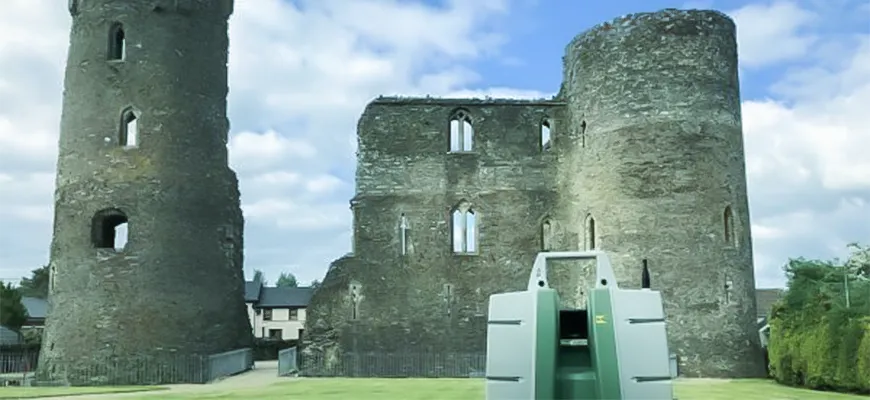
Time-of-Flight Scanners
Time-of-flight (TOF) laser scanners, often called pulse-based scanners, are widely used in heritage documentation because they effectively cover wide areas. These scanners send laser pulses, timing the pulse’s journey to and from the target, and record the result.
The distance and a three-dimensional image of the structure are computed using this data. Heritage sites’ facades, interiors, and landscapes can all be accurately captured by TOF scanners in terms of overall geometry and dimensions.
Phase-Shift Scanners
Phase difference-based laser scanners use interference from laser beams to calculate distances. These scanners generate laser beams with varying phases and analyse the phase discrepancies in the reflected beams to determine distances.
Because of their high accuracy, phase difference-based scanners are excellent at catching fine details and exact measurements. They are frequently employed in 3D laser scanning projects for heritage documentation to assess the state of intricate or delicate architectural features, including ornamental or delicate sculptures.
Triangulation-Based Laser Scanners
Triangulation-based laser scanners employ cameras to record the distortion after projecting a light pattern onto the surface or item to be scanned.
The scanner determines the 3D coordinates of the surface spots by examining the deformation. Triangulation-based scanners are useful for recording complex architectural details, carvings, and ornamental features of historic buildings because they can accurately capture delicate details and textures.
The choice of scanner depends on several factors, including:
- Size and complexity of the structure
- Desired level of detail
- Portability and accessibility requirements
- Budgetary constraints
Advantages 3D Laser Scanning
Following are some benefits of laser scanning:
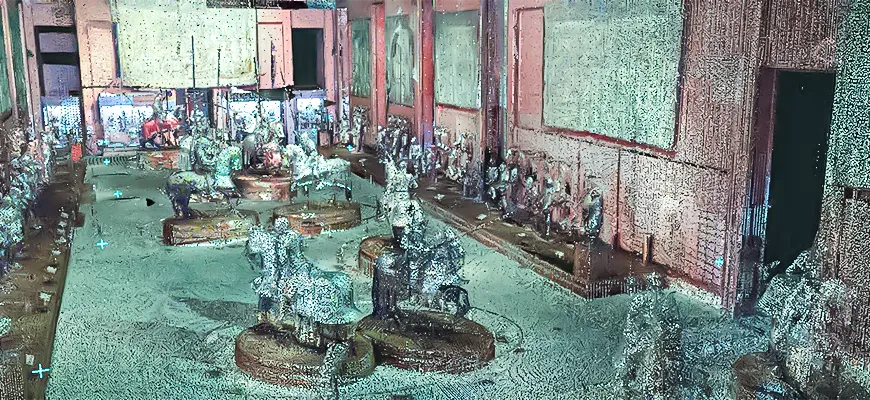
- Historic buildings rarely correspond with antiquated construction plans and blueprints. You can obtain precise blueprints or 3D BIM models of your structure before any work is done, thanks to 3D laser scanning and modelling.
- Remove the need for changes to the design or plan and confirm that the on-site work was accurate.
- 99% more precise than conventional methods for measuring and planning.
- Utilising 3D laser scanning, you can capture, store, and replicate even the most minor details. Future generations can access digital documentation to preserve the current conditions precisely.
- Teams can use laser scanners to obtain information from hazardous or hard-to-reach regions without putting themselves in danger.
Real-Life Examples of 3D Laser Scanning
Notre-Dame Cathedral
The construction of Paris’s Notre Dame Cathedral began in 1160. But by about 1830, Notre Dame de Paris was so worn that it was being contemplated for demolition instead of maintenance. Later, in 1830, they abandoned the devastation plan. However, a fire on April 15, 2019, damaged Notre Dame’s roof, spire, and wood structure.
Despite the destruction, there was still hope that the cathedral might be rebuilt to its former state.
In 2010, Vassar College architectural history professor Andrew Tallon used a Leica laser scanner to survey the structure.
Even though Tallon is no longer with us, he is still considered a pioneer in his field. The information he left behind is essential to restoring the cathedral, which should take ten to fifteen years to finish.
Stylite Church in Syria
Another building they studied before demolishing and destroying is the Stylites Church in Syria.
Part of the fifth-century church was destroyed in 2016 by a missile strike launched by Russia.
Since 2003, French crews have visited the site often to conduct surveys using laser scanning. This 3D data is invaluable for restoration as it is a historical building record.
Royal Palace- Spain
Comprehensive Documentation Serves Several Critical Purposes
Preservation: In the event of damage or destruction, it establishes a permanent record of a heritage site.
Restoration and reconstruction: The planning and execution of repairs or rebuilding projects are aided by detailed data.
Research and analysis: Using 3D models, scholars can examine building methods, architectural styles, and possible trouble spots.
Education and public outreach: Digital documentation promotes public involvement with heritage sites through interactive experiences and virtual tours.
📍 Preserve the Past with Cutting-Edge Technology!
From historic landmarks to ancient structures, our 3D laser scanning services provide unmatched accuracy. Secure your heritage project today!
📞 0161 531 6641 📩 info@survey2plan.com 💬 Get a Quotation
Fast & Accurate Surveys | Trusted by Architects, Developers & Contractors
Conclusion
We cannot emphasise the value of precision, timeliness, and safety in the building and construction sector. Due to its many uses and advantages, 3D laser scanning will continue to be used and enhanced.
3D laser scanning can help maintain, document, and preserve an ancient building or system. Though a recent technique, 3D scanning for historic preservation has helped protect some of the Past’s most important structures and buildings.
Utilising state-of-the-art LiDAR and 3D laser scanning technologies, 3D laser scanning company
Survey2Plan provides unmatched detail and accuracy. As building professionals and architects know, our team of experts offers the most precise lidar, reality capture, and 3D measuring solutions currently accessible.


